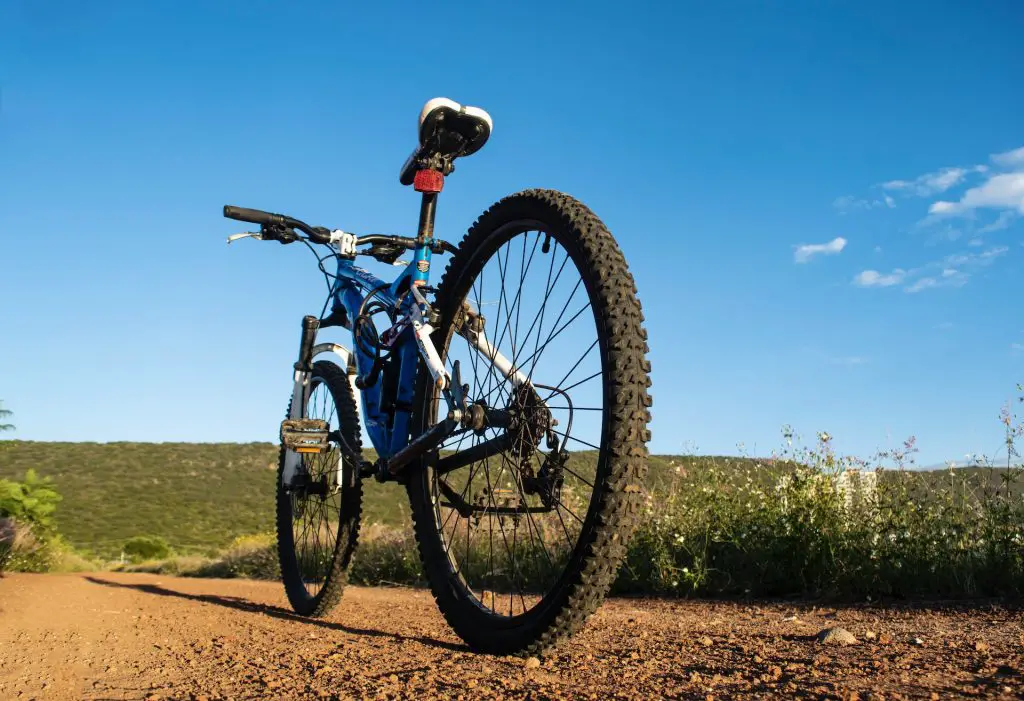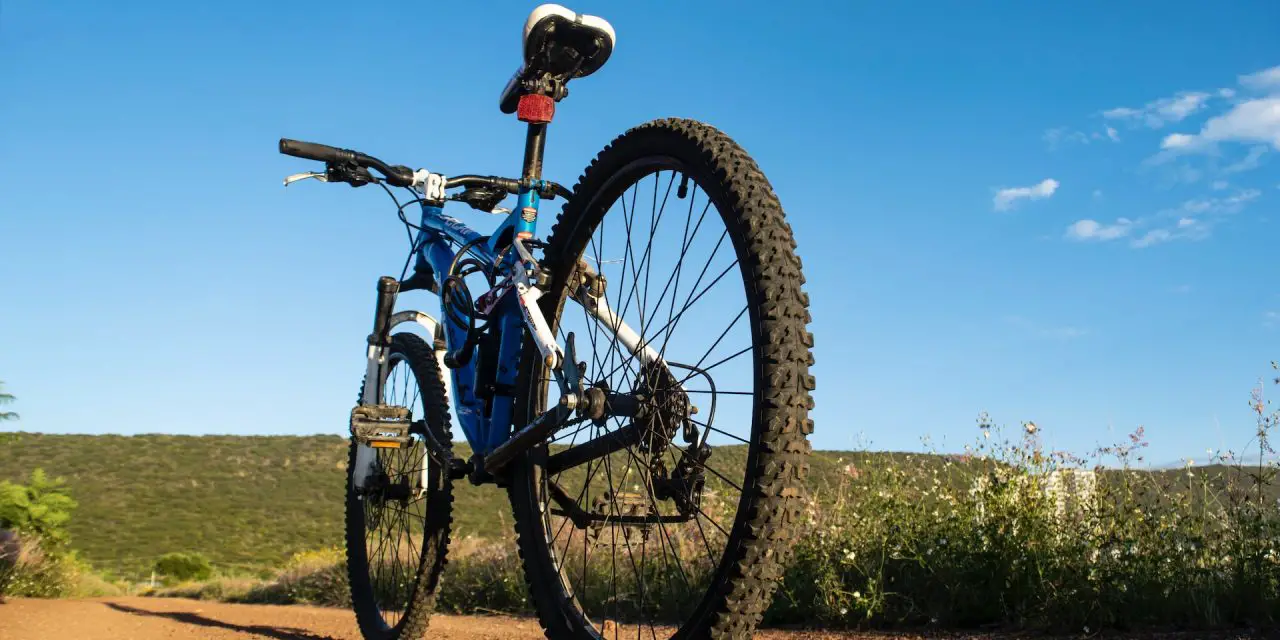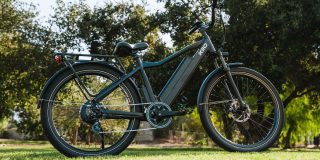Mountain biking is a great way to get outdoors and enjoy nature. It can also be a great workout! One important aspect of mountain biking that many people don’t think about is tire pressure.
If your tires are not properly inflated, it can be dangerous and make the ride much more difficult than it needs to be. In this blog post, we will discuss what tire pressure you should have on your mountain bike, and how to check it!
What is the ideal tire pressure for a mountain bike?
The ideal tire pressure for a mountain bike depends on a few factors, such as the terrain you’ll be riding on and the size of your tires. A good rule of thumb is to start with around 30 psi in the front tire and 35 psi in the rear tire.
From there, you can experiment a bit to see what works best for you. Just remember, if you’re going to be riding on rough terrain, you’ll want to have higher pressure in your tires so they don’t get punctured as easily. Conversely, if you’re just riding on paved roads or trails, you can get away with lower tire pressure.

What tire pressure should my mountain bike have for riding on paved roads?
If you’ll be riding your mountain bike on paved roads, you can get away with lower tire pressure. A good range to start with is 25-30 psi in the front tire and 30-35 psi in the rear tire.
Again, this is just a general guideline – you may want to experiment a bit to see what works best for your bike and your tires.
What tire pressure should my mountain bike have for rough terrain?
If you’ll be riding your mountain bike on rough terrain, you’ll want to have higher pressure in your tires. A good range to start with is 35-40 psi in the front tire and 40-45 psi in the rear tire.
This will help prevent your tires from puncturing as easily on sharp objects.
How do I check my mountain bike’s tire pressure?
It’s important to check your mountain bike’s tire pressure regularly, especially if you ride often. A good way to do this is to invest in a quality tire pressure gauge. Once you have a gauge, simply remove the valve cap from your tires and press the gauge onto the valve. You should see a reading that tells you how much air is in your tires. If the reading is lower than what you’re aiming for, simply use a bike pump to add more air until you reach the desired pressure.
AdvertisementWhat types of tires are there for mountain bikes?
There are many different types of tires available for mountain bikes. The type of tire you choose will depend on the terrain you’ll be riding on and your personal preferences. Some popular options include all-terrain tires, which are versatile and can be used on a variety of terrain; cross-country tires, which are designed for speed and efficiency; and downhill tires, which are made for stability and traction on steep terrain.
No matter what type of mountain bike tires you choose, it’s important to make sure they’re properly inflated! By following the guidelines in this blog post, you can ensure that your tires are at the right pressure for a safe and enjoyable ride. Happy biking!
What type of tire pump should you use for a mountain bike?
There are two main types of tire pumps – floor pumps and hand pumps.
Floor pumps (like this highly-rated one) are larger and can inflate your tires much faster than a hand pump. However, they tend to be more expensive and not as portable.
Hand pumps are smaller and can be easily carried with you on your ride. They’re not as fast as floor pumps, but they’re more affordable and can be used in a pinch. We like this hand pump on Amazon.
If you’re serious about mountain biking, we recommend investing in a quality floor pump. However, if you’re just getting started or you don’t ride often, a hand pump will suffice. Just make sure to check your tire pressure regularly and top off the air as needed!
Conclusion
Maintaining proper tire pressure on your mountain bike is important for a safe and enjoyable ride. Now that you know what pressure to aim for and how to check it,















